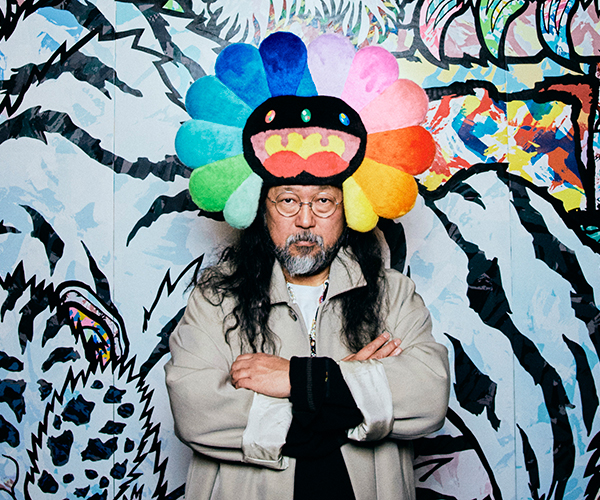Since the 14th century, Asian artists have been inspired by the lyrical word when creating their work. "There are certain parts of classical Chinese poetry that are like biblical images or lines from Shakespeare here in the U.S.," says Seunghye Sun, Cleveland Museum of Art associate curator of Japanese and Korean art. Open March 24 through Aug. 28, The Lure of Painted Poetry: Japanese and Korean Art takes a look at the combination of art and poetry on items such as porcelain vases and painted silk scrolls. We asked Sun to dissect the Japanese hanging scroll Plums, Bamboo, and Orchid for us.
1. The painting is surrounded by a golden silk border, which picks up the colors and feeling used in the piece. "Silk and paper is a common textile used in Asian art," Sun says.
2. The variation of light and dark spots "show the rhythm of the artist's brush strokes," Sun says. Artists use a calligraphy brush technique, but there are differences between Japanese and Korean brush strokes. Korean techniques are generally more rigid and straight and do not usually take up as much space while Japanese brush strokes are more dynamic, detailed and fluid, Sun says. "The Japanese calligraphy brush tends to resemble curving pieces of grass or cursive writing."
3. The scroll unfolds to showcase chrysanthemum, orchid, bamboo and plum plants known as the four gentlemen in Asian cultures. "The plants represent the ideas of what people would strive to achieve," Sun says. The chrysanthemum symbolizes optimism, as it is the last flower to bloom before winter begins. Both the orchid and the bamboo remain green year-round, symbolizing longevity, elegance and perfection. And the plum tree represents a sort of divinity and spirituality that encompasses the beauty of Japanese, Chinese and Korean cultures.
4. Plum is the most beloved flower by the elite of Asia," says Sun, who notes that the artist was inspired by a poem about the plant. The image of the plum tree is depicted differently depending on Japanese and Korean cultural ideals and beliefs. "Japanese art tends to be more free-flowing," Sun says, reflecting the notion that "the Japanese live more from the heart while the Koreans live more with their mind."
5. Sun says therock in the painting is a spiritual symbol for "the plant's connection to
the earth as strong and never-changing."
6. In the bottom left-hand corner of the scroll is the artist's name, Yamamoto Baiitsu or "Mr. Plum," and the date of the painting (1834). "There is such a love for the plum that the artist nicknamed himself Mr. Plum," says Sun.
More Info clevelandart.org



